The debate about what should be a flagship smartphone has not subsided for a long time. Your attention is given to a rather voluminous view of this issue. Enjoy reading!

2015 is shaping up in an outstanding way and, apparently, not in a good sense of the word. Smartphone fans around the world are eagerly awaiting the official announcement of their company's new flagship, however, the path to the announcement is littered with many leaks. Ironically, despite the bombastic claims, the many devices we've seen have largely disappointed a large number of users. There is only one misdeed [of companies]: time passes, but the external forms of [the flagships] do not change.
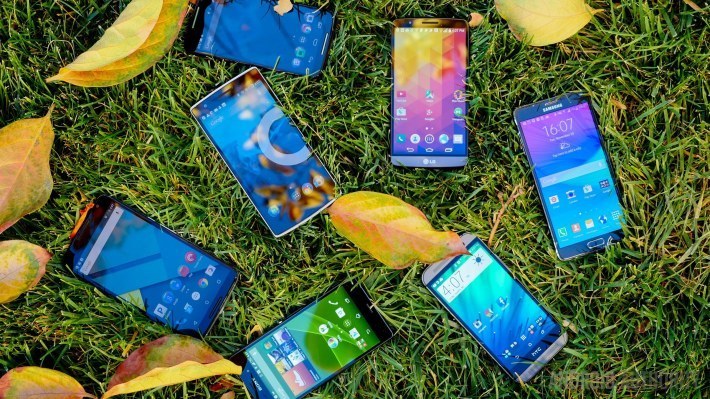
Each of the devices is a flagship, but visually they are not so different from each other.
Summing up the situation, we can conclude that the key OEMs Android this year collectively decided to 'play Apple', but this approach hides a real state of affairs intended to sober up the above persons: refusal radical changes [in design] will not improve their market position.
It's time to get down to earth ..
Since 'birth' Android, the speed of smartphones entering the market has become truly dizzying, even if we talk only about the big players. Samsung, HTC, LG, Motorola and Sony have rolled out device after device and if you look at the evolution of each company's flagship, the progress is really impressive.
However, the problem is that times have changed. Unlike the days when the lion's share of devices to the main market was supplied by the five mentioned manufacturers, now dozens of players, such as, for example, Huawei and Blu, have joined the struggle for wallets and pockets of users. What can I say, even newcomers OnePlus and Xiaomi are trying to get their moment of fame and turn their attention to themselves.
All this revival could not but affect the financial anti-success of companies like HTC, which once set the tone in design and hardware, now lost among companies that produce top-end gadgets in all-metal cases.
Suffice it to note only the fact that you need to prepare yourself for an already existing trend: speaking from a realist position, it cannot be that all these companies can actually afford to release devices with a new design every year.
… and take a look at the real state of affairs

Images of the freshly announced Xperia Z4 went viral in minutes
Similar to how I expressed my position on the Japan-only announcement of the Z4, everyone needs to stop for a moment, take a deep breath and think about two things: 1) what is a new smartphone and 2) above all, why do they need a new '' smartphone.
In essence, 1) a new smartphone is a device with top-end characteristics, or at least with characteristics that are superior to those of the previous devices. As a result, as of April 2015, a certain set of characteristics that a flagship should have: a Snapdragon 810 processor, 3 GB RAM, at least 32 GB of internal memory, a screen Full HD or QHD with Gorilla Glass 4, a wide-angle front camera with a relatively large number of megapixels, a rear camera with a good aperture, an optical stabilization system and a corresponding number of megapixels. Metal and / or glass should be used other than a screen [which already has glass on it].
The funnier is the fact that these conditions are exactly matched by the two biggest disappointments so far this year. The funnier is the perception that neither the HTC One M9 nor the Sony Xperia Z4 are 'new' smartphones, because they have something missing: a new design.
And here we will find the root of the problem of this obsessive situation: gadget fans like to dwell on the technical characteristics exactly until the time comes for the announcement of the device, and then 2) if they cannot boast of the new design of the device, then it is not worth buying; new phone = new design.
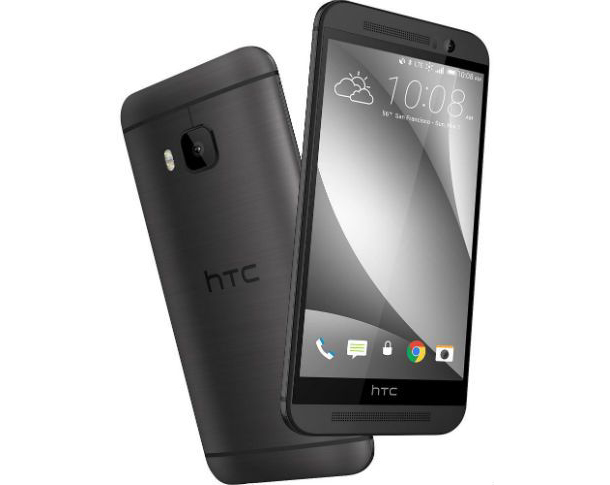
HTC One M9 meets all flagship standards, but for many it is not so easy due to the appearance
Apple disappointed fans of the brand for quite some time and this led to a situation where it becomes more than obvious that a model with an S index will be released every two years, thereby the company improves the internal filling, leaving the case unchanged . This trend can be traced for the fourth and fifth reincarnation iPhone and you can bet that the situation will repeat itself this year with the release of iPhone 6S. But keep in mind that Apple has financial reserves that could allow the company to release a device with a new design. Taking into account the record revenue, one could argue that the company can afford to release a new device once a month, or even once a week.
But Apple prefers to painstakingly develop his own iPhone and, adhering to a keen sense of the market, wants to receive income from such a development model as long as possible. In short, it works well.
In theory, ask yourself a question: if your current device was announced tomorrow with the same hardware specs, but a new design, would you consider it a new smartphone? More importantly, would you buy it again?
You are right, but they also have their own truth.
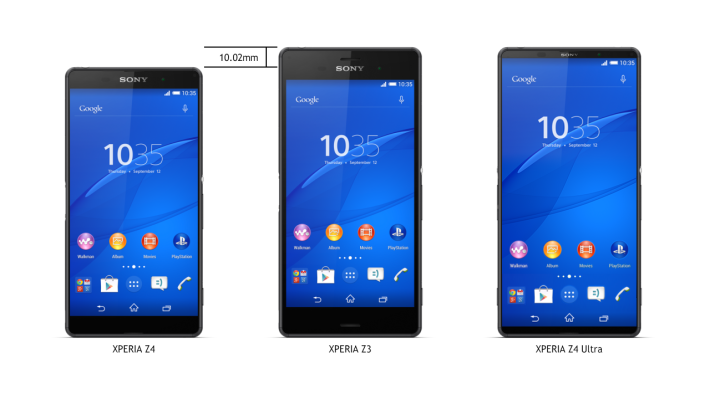
In reality, things are not so rosy: fans tend to mistake third-party 3D renders for real designs, despite technical limitations.
Cheer up: there is nothing wrong with waiting for a new design. People love to view pictures of friends, family and celebrities in a 'before and after' style. We love hearing about remakes and relaunches, it fuels our fantasies of reimagining the familiar.
Fans of Android were upset by the announcement of HTC One M9 and for good reason. The novelty looks absolutely like the M8, except for minor cosmetic changes. The same can be said in the context of the Xperia Z4. But these models are actually new devices, and manufacturers fairly set prices for them as new.

Back in 2012, it was clear that as the market share of 'small' companies declined, they were spending less money on advertising (Image by The Wall Street Journal)
One major 'deviation from the rules' that everyone needs to live with is the fact that companies no longer have the funds to develop new designs annually. It costs a lot of money, and companies like HTC and Sony don't have a lot to spare. Even LG will have to enter the obstacle race, because the upcoming G4, judging by the leaks, will look like its predecessor G3, only with a removable leather trim on the back, which leaves questions about taste and common sense.
What about Samsung?
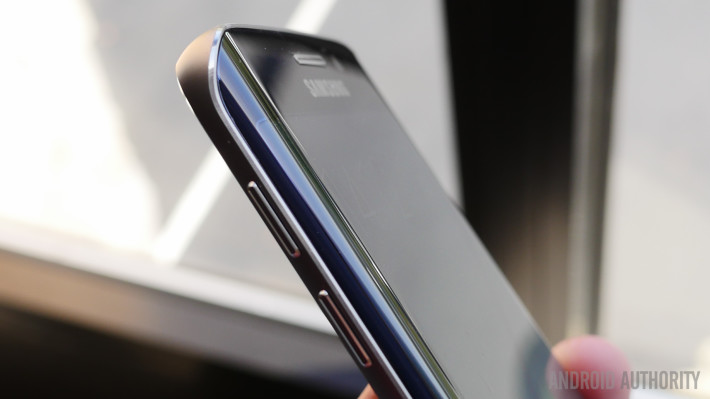
In 2015, the Galaxy line underwent a radical design rethink
It would be an unforgivable negligence on our part to ignore the crowd of similar devices walking aside from this host: the Galaxy S6 is not only one of the radically redesigned devices, but it also has a brother in the person of the Galaxy S6 Edge capable of intriguing. This premium pair is so interested in consumers that Samsung has already swung at a record, predicting sales of seventy million units. For a company that hasn't gotten off to a low start since early 2015, it's time to 'chop up cabbage'.
But let's understand one aspect for ourselves: Samsung could be left with nothing, everything went to this. Galaxy S5 sales were at a disappointing level for the leader among OEMs, and the company's 'fall' from the first position in sales in China and India, the two leading countries in terms of the number of promising buyers, also affected not a plus. Chinese upstarts such as Xiaomi and Huawei, and even Lenovo, were able to promote their products with similar characteristics and appearance, but more attractive prices. Something more weighty? The software of the companies' devices was often superior to that of Samsung.

Who knows what the Galaxy Note 5 will look like in a similar new design to the S6?
Samsung had to redesign the S6 to stay afloat. This has been done, and now, as the company has reached the bar for top-quality materials, there is a lot of potential in the company. Samsung has just reached the level of design that rivals from HTC and Sony were a few years ago, and given the company's financial cushion, it's impossible to guess what kind of devices will hit the consumer market in the future.
Working for the benefit of consumers
Whether you like it or not, the time is not far off when smartphones will become a common household item, at least the current situation is leading to this. Some might argue that the tipping point has already arrived. Google itself has worked hard to bring this reality to life, especially since Android 4.4 KitKat, which lowered the operating limits for the OS, which is very similar to the step Microsoft when moving to Windows 7 with Vista. As a result, dozens of small OEMs can produce budget devices with standard specifications, but a relatively new version of the OS.
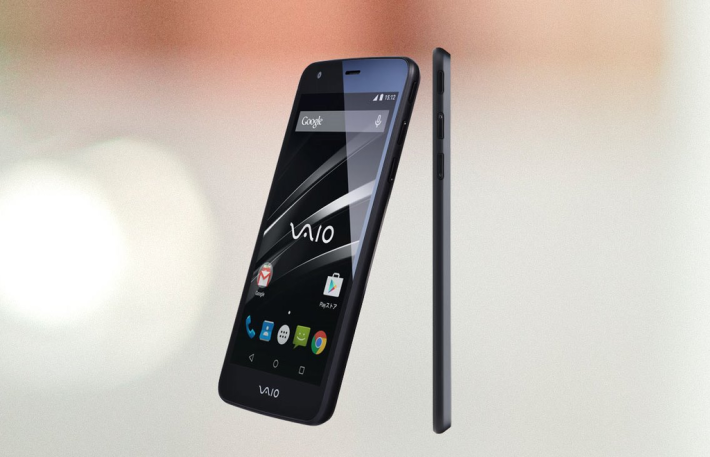
The VAIO smartphone is absolutely unremarkable, except for the fact that the brand is perceived as an excuse for high cost, but will people pay for the same features in 2015 and beyond?
The only differentiation that exists now between smartphones is observed only between the devices of large players, but even between devices of the same line, there is often not much difference. Samsung fans love Samsung, HTC fans idolize HTC, most users don't care who the manufacturer of their device is. With a certain degree of probability (in the case of a not very obvious brand), they will rather know which operator sold them the smartphone than the manufacturer of the smartphone. (Of course, unless the manufacturer is Apple, of course.)
This reality is not easy to face, but companies like Sony have to reckon with it: in addition to the main group of fans of the brand, users do not want to spend more than two hundred dollars on a two-year contract, when they can get a device for half the price, if not free, and it will be meet their basic requirements. The amount of money spent on advertising and development is less and less 'bounced off' during each ending announcement cycle.
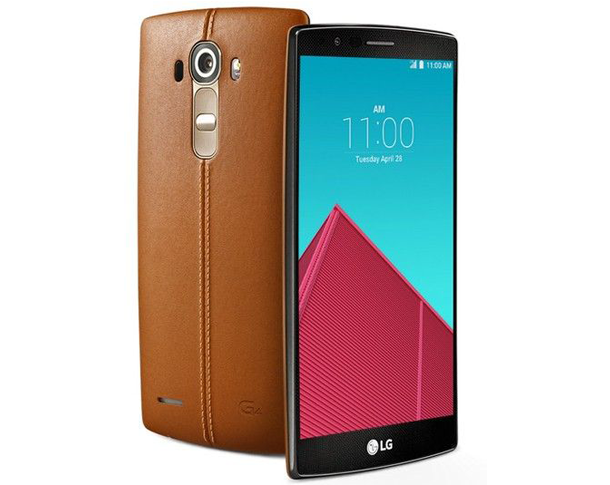
Is the new LG G4 much different from last year's G3? Not really, except for the leather overlay
HTC could certainly have released HTC One M9 with a radical new design, but would it sell better than the M8? What if it sold worse just because it competed with the Galaxy S6? How would this affect the morale of the team HTC, not to mention the financial position of the company? Sony could have released a completely redesigned Xperia Z4, but given the brand’s leadership position in Japan (and the device was actually only released for Japan), should we have done that? Even LG could surprise everyone with the G4 announcement, but (if the leaks were justified) why worry about such things when there was already a more premium product announcement later this year?
Nothing is over
Although this material gives the whole situation with the 'new' devices a somewhat 'sobering' character, this does not mean that one should lose hope for the future. HTC wasted no time in announcing the 'real flagship' for Asia shortly after the One M9 was announced, and in many ways it became the device users wanted to see. Likewise, Sony may have something in store for international consumers. The companies will release new, visually memorable devices, but, apparently, this all will not happen as quickly as we would like.
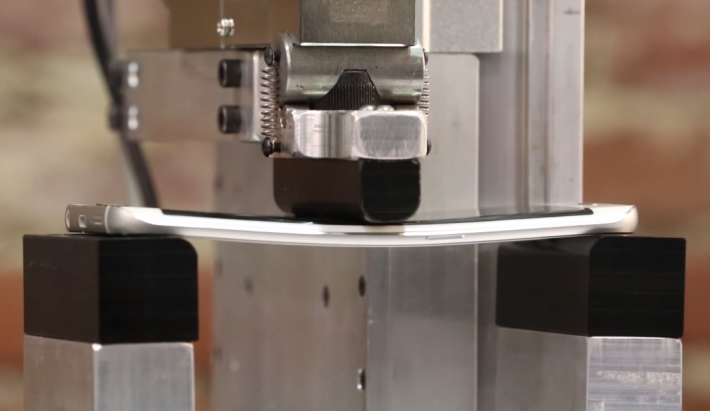
As soon as the mandatory set of requirements for devices begins to include the ability to bend (in the future), design disputes will gain new strength.
Still, we have to ask ourselves: How 'new' should a product be that is designed to be simple and safe? If the thickness increases, people complain. If it decreases, they complain. There is a fairly definite value of this parameter, which cannot be further advanced, except that in the future there will be a radical paradigm shift (for example, towards bending or folding devices), which will fundamentally change our understanding of the smartphone and the form factor. Take a look at the time it took to release an actually visually new laptop that Dell and Apple released.
While everyone is entitled to their own opinion on the balance of design and super performance, we must remember what we have, even if it is different from what we want. Sometimes it happens that you can't have everything you want, but the next flagship may turn out to be quite good.
Original article by Matthew Benson
Elir: the golden ratio of flagship smartphones: what is it? Perhaps no one will obviously answer this question .. Everyone has their own opinion, but the position presented by the author is close to my understanding. So, flagship: completely new or just a variation of its predecessor?
